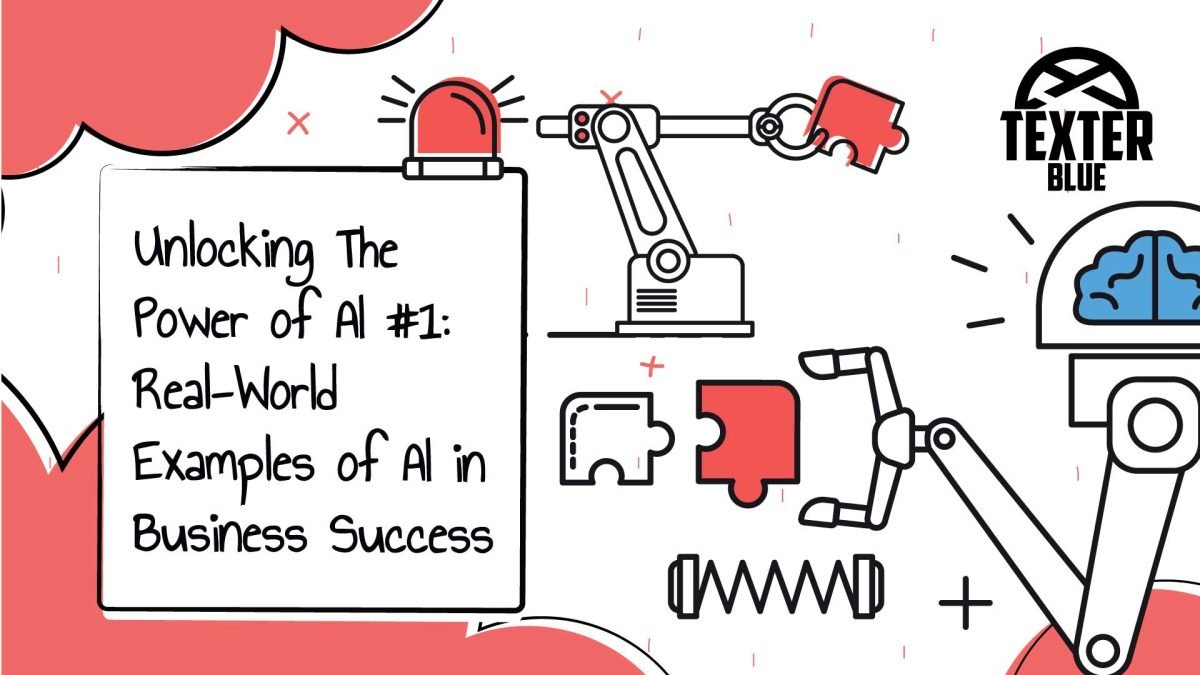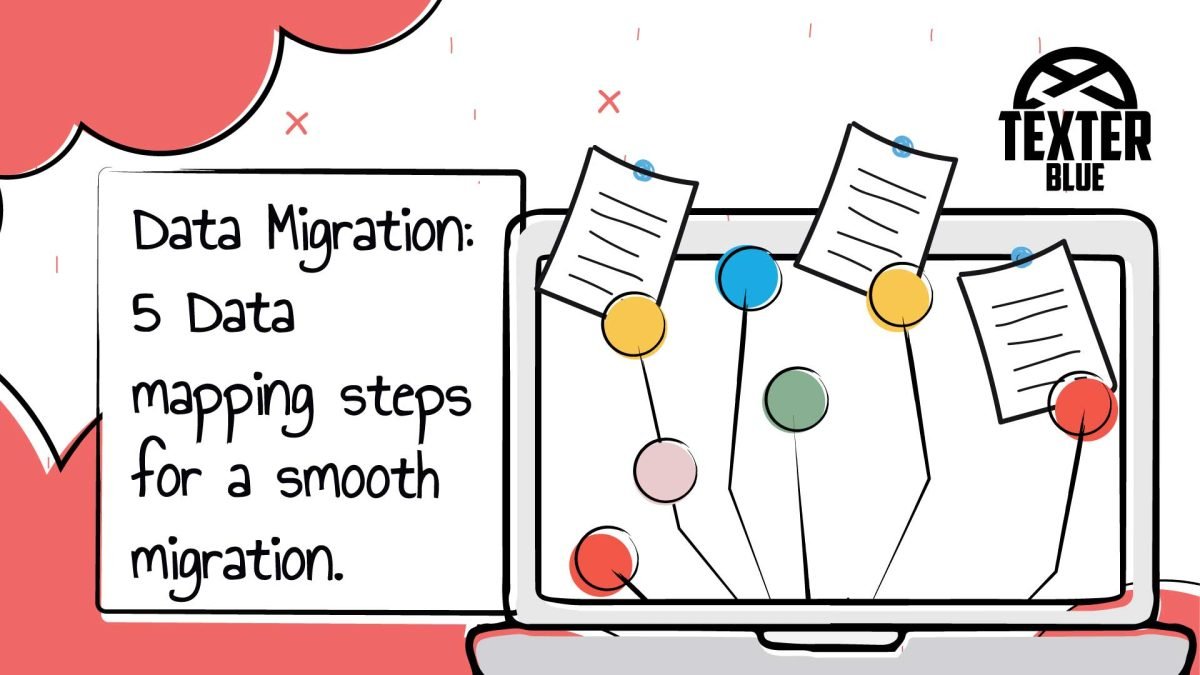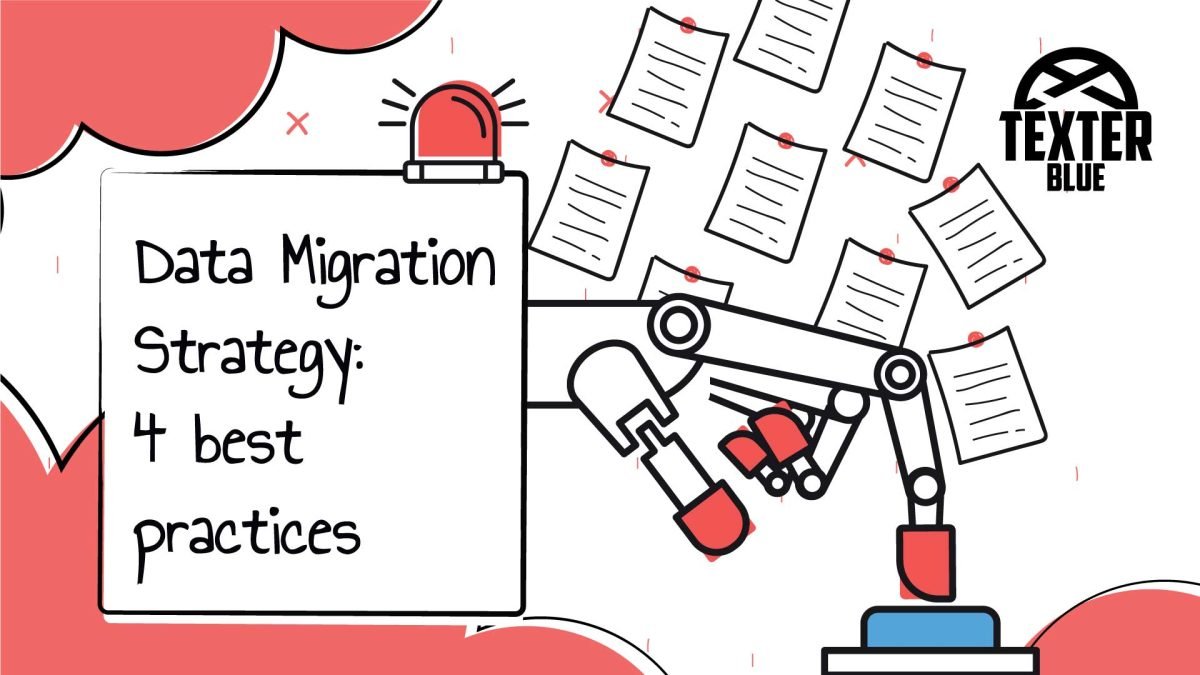In today’s business landscape, Artificial Intelligence (AI) has become a vital component of operations.
For some time now, AI has been a prominent term, with businesses actively seeking ways to utilize its capabilities fto achieve success.
In this article, we will delve into examples of companies harnessing the power of AI to elevate their operations. From predictive analytics to the implementation of chatbots and more.






